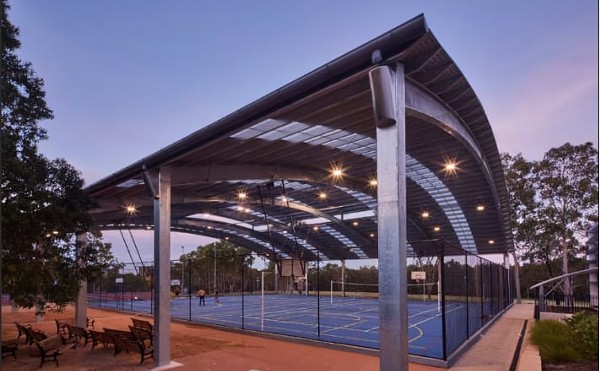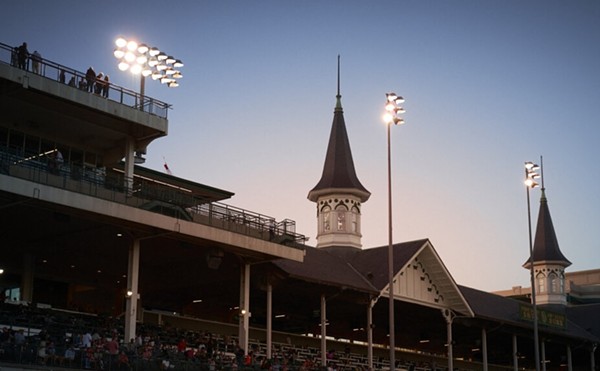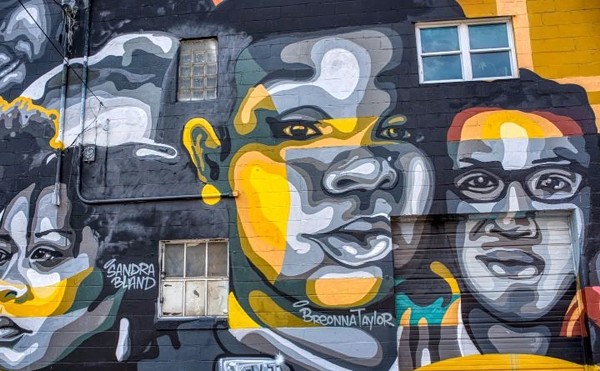The day I got it, I had to find out if all 61 branches, as noted on the packaging, remained within the delicate cardboard box. I had been Charlie Browning about the tree on the ride home from my parents’ farm, assuming its likely charming but more likely dilapidated state.
But I was wrong. So wrong. Each limb fit into each hole, with no holes remaining unplugged. Aluminum goodness filled my heart and hearth. I immediately wrapped my newly assembled old friend in green wired lights, the special ones with a blinker timer on them, and basked. Love.
Over a day or two, my affections grew deeper, changed even. As I gazed at the tree, I felt something new; a slightly unsettling yet somehow exciting feeling. Then, I knew. This tree is postmodern. I wasn’t sure how yet, but I learned that the tree, my feelings about it, its very presence from almost half a century ago, the way it had stormed one decade’s holiday décor ethos, and its resurgence as an art and decorative object, all pointed heavenly, like a bright star atop my enthusiasm, toward postmodernism. Simulacrum sat bright and cold in front of my fireplace.
Simulacrum, one of postmodernity’s defining qualities, can be informally summarized as the real being a copy of a copy. Aluminum trees copied the earliest artificial trees, and then for many, once their popularity took hold around 1959, became “the” Christmas tree. As a stand-in for a live tree, they were dubbed not artificial, but instead a “permanent tree,” as if they were more real than the earliest artificial ones. This name implies its postmodern desire to be considered more real, even, than the fake trees in existence then.
At the time, our national tendency was to elevate nature, including idealized thoughts about unknown natural landscapes like the moon. Many relate the trees to the “space age” and describe them as a nod to what was thought to come. The heavens and the aluminum Christmas tree represented imaginings about the future, and reaching for it.
Various sources claim the tree’s popularity declined as a direct result of The Charlie Brown Christmas Special, which first aired in 1965, and Lucy’s consumerist insistence that Charlie Brown, “Get the biggest aluminum tree you can find ... maybe painted pink.” Charlie Brown, though, finds a small, live tree that he claims “needs a home.” Like Charlie Brown’s choice of a small fir tree, the public may have begun questioning some of its self-perpetuated stories and dreams about the future, preferring smaller, more real narratives.
My recent encounter with a real live aluminum Christmas tree is proof of its state of existence over the last 40 years. Most were stored or given away, to reappear in thrift stores, garage sales or dusty attics. Either way, they were almost all forgotten, although, as others like me have rediscovered the trees, a strange pull and attraction has taken hold. Several years ago, artists J. Shimon and J. Lindemann began collecting and photographing the trees. They became art pieces. The photographs eventually developed into a coffee table book, “Seasons Gleamings,” published in 2004.
The idea of the trees being seen as art, even masterpieces by some, indicate their likenesses to real evergreens; the ability to survive with color through a long, cold winter, then produce new, even more colorful life, in Spring. The Evergleam’s season of rebirth has come, and with it various identities. The tree’s identity is in flux in a very postmodern way. For some, it is a remembrance of nostalgia, leading to nostalgia about, not the past, but the future.
In my case, the sentiments of Shimon and Lindemann apply. “Sufficient time has passed and the trees can now be reconsidered as fun, sad, strange or beautiful — instead of just ugly or obsolete.” I find my tree fun and beautiful, and deck it in a bricoluer fashion, bringing whatever identity I care to project to it, much like the multicolored light wheels sold to illuminate the trees. The color an individual shines onto her or his tree depends on where the wheel lands for each of us.
Contact the writer at [email protected]





